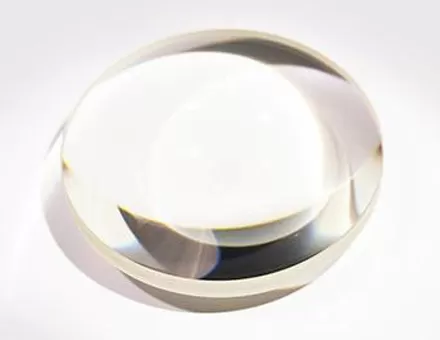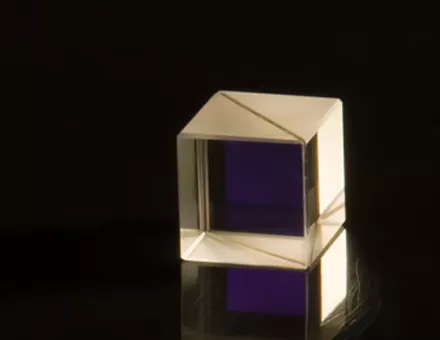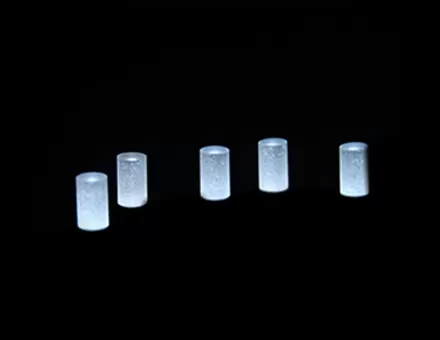Infrared lenses use special optical glass materials and the latest optical design methods to eliminate focal plane shift between visible and infrared light, ensuring that light from both spectrums can be imaged in the same focal plane for clear images.
Additionally, infrared lenses use special multilayer coating technology to increase the transparency of infrared light, allowing cameras with infrared lenses to monitor longer distances and produce better results at night compared to those with standard lenses.
Infrared lenses have a very wide range of applications
They can be used for special infrared purposes, as well as ordinary lenses. This means that depending on the usage scenario, infrared lens can be flexibly painfrareded with regular color cameras, black and white cameras, and day-night conversion cameras.
Black and white cameras do not have an infrared cut-off filter, but the natural daylight spectrum also contains infrared light, so imaging can still be affected by infrared light even in daylight. Using infrared lenses can effectively improve image quality.
How did infrared lenses come about?
To meet the demands of 24-hour monitoring, many locations requinfrarede cameras that can not only complete surveillance tasks during the day but also produce clear images at night. In recent years, the widespread use of infrared cameras and infrared lights, along with the relative decrease in the prices of day-night cameras and high-definition color cameras, has provided numerous business opportunities for custom lens manufacturers. Thus, infrared surveillance camera lenses were born.
The advantages of infrared lenses
Infrared camera lenses maintain the same focus for both infrared light and visible light, resulting in clearer images.
Infrared lenses use the latest optical design and special optical glass materials (LD optical glass) to eliminate focal plane shift between visible and near-infrared light.
Infrared lenses use special lenses to address the "out-of-focus" problem that commonly occurs in electric zoom lenses under infrared light conditions.
Infrared lenses achieve color correction through special coating designs and the use of special optical materials, and infrared corresponding technology that enables 24-hour monitoring without having to re-focus. This allows monitoring systems to produce clear images with the assistance of infrared light sources.
The development of infrared lens technology is not a difficult task. The limitation may be the price. However, it is certain that infrared surveillance camera lenses will continue to be in high demand in the next few years. Once production increases, cost compression will naturally affect the reduction in price. Infrared surveillance camera lenses will be a mainstream product in the future.


















 EN
EN



